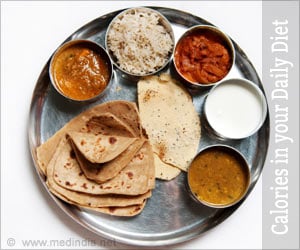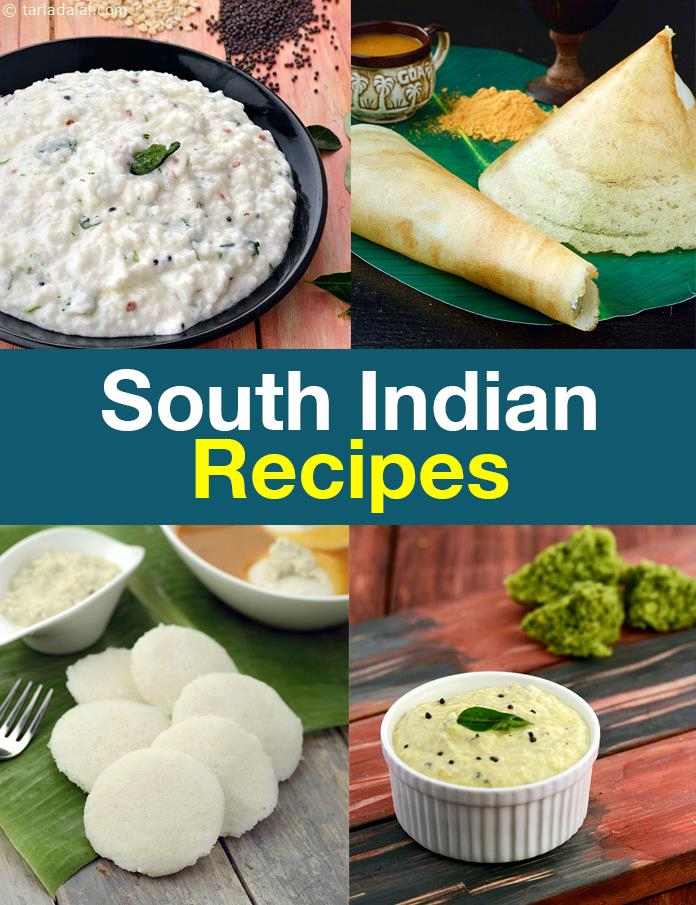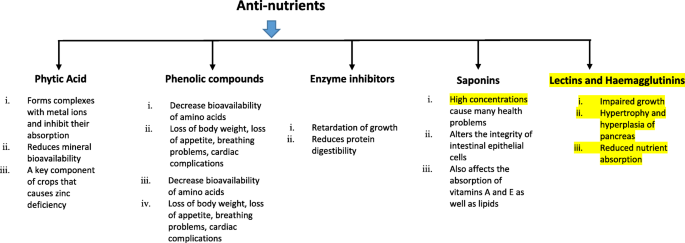| Cover Page | Book Title | Description | Price |
|---|---|---|---|
| Indian Food Composition Tables (Hard bound) | The latest Indian food composition database covers all the key foods sampled from the entire country drawn from statistically valid sampling method. About 160 discrete food constituents including bioactive compounds were analysed for 528 foods. | ₹ 350 INR | |
| Nutritive Value of Indian Foods (NVIF) | This book provides detailed information on the nutrient com- position of over 600 Indian foods. It contains a simple account of current concepts of nutrition science, nutritional chemistry of major food groups and nutritional deficiency diseases. In addition, the book incorporates latest information on nutritional requirement and recommended dietary allowances and on the guidelines for formulating healthy, balanced diets. This book is a must for all those who wish to know more about nutritive value of foods including students, medical and health professionals, planners as well as general public. | ₹ 75 INR | |
| Nutrient Requirements for Indians RDA and EAR 2020 | In view of the changing food habits, physical activity patterns, nutrition transition and health status of various groups, ICMR-NIN, this year released the latest Nutrient Requirements for Indians and Recommended Dietary Allowances. For the first time the report includes the Estimated Average Requirements (EAR) and also the Tolerable Upper Limits (TUL) of nutrients alongside RDAs. While RDAs are daily dietary nutrient intake levels which would be sufficient to meet the nutrient requirements of nearly all healthy individuals, EARs are the average daily nutrient intake levels of population. These recommendations are the basis for defining the nutrient levels in policies and programs. The EARs and TUL are not only useful in evaluating the nutritional status of populations or groups but also in defining the regulation on food fortification and nutrient supplementation etc. | Short Report : ₹ 40 INR Full Book : ₹ 400 INR | |
| A Manual of Laboratory Techniques | A Manual of Laboratory Techniques is a highly useful publication & which serves as a reference manual to upcoming researchers in the field of biomedical research. It provides a description of a wide range of analytical and biomedical techniques with principles employed in a laboratory. The manual also contains information on guidelines for good laboratory practices (GLP); regulations and other important aspects involving animal experimentation; statistical methods used in biomedical research and other useful data. | Out of Stock |
Traditional South and North Indian Food
Some typical south and north Indian foods and their nutrient content – either beneficial or harmful – are described below.
Cached
1. Cooked White Rice
White rice is a cereal grain with the husk, bran and germ removed. It is one of the staple (basic) foods of a north Indian diet. It is a good source of carbohydrates, especially for gluten-sensitive individuals and diabetics. It is low in fiber, so it may cause constipation.
- NUTRITIVE VALUE OF CEREALS AND CEREAL PRODUCTS Source Gopalan. C, Rama Sastri B.V. And Balasubramanian, S.C., 2004, Nutritive Value of Indian Foods, National.
- Nutrition and health, in fact, are two sides of the same coin. They are, therefore, inseparable. Health depends to a large extent on nutrition, and nutrition depends on the food intake. So food, is the most important single factor for health and fitness. Let us define and describe food, nutrition, health and fitness. Food.
- India Environment Portal News, reports, documents, blogs.
Nutritive Value Of Indian Foods With Diet Tips Book Free (Pack Of 2 Books) by c gopalan, v balasubramaniam, v rama sastry from Flipkart.com. Only Genuine Products. 30 Day Replacement Guarantee. Cash On Delivery!
Nutrition facts: One cup of cooked rice (158 grams) contains:
- 205 calories
- 45 g carbohydrates (starch)
- 4 g proteins
- Less than 1 g fat
- Less than 1 g fiber
- Vitamins, minerals: folate and manganese
Other typical Indian foods from rice:
- Idli is a south Indian cake from fermented and steamed white rice and black lentils
- Dosa is a south Indian pancake from fermented and baked rice and black lentils
- Pulao is steamed rice with vegetables, meat or fish (like risotto)
- Khichari is cooked rice with lentils
- Biryani is rice with meat and spices
2. Indian Bread (Roti)
Roti (Picture 1) is unleavened (without yeast) Indian bread made from wheat flour, usually baked on the Indian butter – ghee. It is a staple food in north India, and it is usually eaten with curries or vegetables. Roti is high-calorie food, high in saturated fats and cholesterol. It contains gluten, but gluten-free rotis are available in markets.
Nutrition facts: One portion (130 g) of plain roti contains:
- 410 calories
- 55 g carbohydrates ( starch)
- 15 g saturated fats
- 14 g proteins
- 3 g fiber
Picture 1: Roti – Indian bread
(source: Wikimedia)
Other forms of roti:
- Chapati is a thin flatbread (like tortilla), made from whole wheat flour (atta).
- Poori (Puri) is an Indian poofed bread (like doughnut), fried in vegetable oil, popular in north India.
Leavened breads:
- Naan is yeast leavened flatbread, baked in clay ovens or tandoors.
3. ChickPea (Indian Pea, Bengal Gram)
Chickpea or Bengal gram (Picture 2) is a legume (pulse). It is a good source of proteins and dietary fiber. It is low in sodium.
Nutrition facts: One serving (164 g) of cooked chickpeas contains:
- 269 calories
- 25 g starch
- 8 g sugar
- 15 g proteins
- 4 g fat (mostly unsaturated)
- 12 g fiber
- Vitamins and minerals: folate, copper, manganese
Picture 2: Chickpea – Bengal gram
(source: Wikimedia)
Other typical Indian legumes (pulses) and Indian dals (dried beans and lentils whose outer hull has been stripped off):
- Besan is a chickpea flour
- Chana Dal (black chickpeas)
- Moong Dal (moong beans)
- Masoor Dal (red lentils)
4. Okra (Bhindi)
Okra (bhindi, lady’s finger) (Picture 3) is a common north Indian vegetable, mostly used in stews. It is a vitamin-rich vegetable.
Nutrition facts: One serving (80 g) of cooked okra contains:
- 18 calories
- 2 g sugars
- 1 g proteins
- 2 g fiber
- Vitamins and minerals: vitamins A, B1 (thiamin) B2, B6, C, folate, niacin and vitamin K, calcium, magnesium, manganese
Picture 3: Okra – Lady’s finger
(source: Flickr )

Other typical Indian vegetables include:
- Bitter gourd/melon (karela)
- Cauliflower (gobi)
- Eggplant (brinjal)
- Jackfruit (kathal)
- Potato (aloo)
- Pumpkin (kaddu)
- Tamarind (imli)
5. Mango Fruit
Mango (Picture 4) is a popular Indian fruit. It is high in fructose, so it may cause bloating in individuals with fructose malabsorption.
Nutrition facts: One serving (165) of mango contains
Nutritive Value Of Indian Foods Book Pdf Book
- 107 calories
- 24 g sugars
- 1 g proteins
- 3 g dietary fiber
- Vitamins and minerals: vitamin A, B6 and C
Picture 4: Mango fruit
(source: Wikipedia)
Other popular Indian fruits include:
- Banana, dates, figs, grapes, grapes, guava, lemon, lychee, orange,
papaya, pineapple, plantain, watermelon
Nutritive Value Of Indian Foods Book Pdf File
6. Goat Meat (Chevon, Mutton)
In India, domestic goat meat is called chevon, and goat and lamb (sheep) meat is collectively called mutton. Chevon is lean meat, containing less calories and fats than other meats.
Nutrition facts: 3 oz (84 g) of goat meat contains:
Nutritive Value Of Indian Foods Book Pdf Format
- 122 calories
- 23 g of proteins
- 2.6 g of fat (0.8 g saturated)
- 64 mg cholesterol
- Vitamins and minerals: vitamin B2, B12, niacin, copper, iron, selenium, zinc
7. Chicken
Chicken is popular meat in India. It can be baked, or added to soups, curries or snacks. It contains quite some cholesterol, especially if eaten with skin.
Nutrition facts: 3 oz (84 g) of cooked chicken contains:
- 162 calories
- 25 g proteins
- 6.3 g fats (1.7 g saturated)
- 76 mg cholesterol
- Vitamins and minerals: vitamins B6 and B12, zinc, selenium, phosphorus
Some Indian chicken recipes include:
- Spicy chicken soup
- Indian barbecued chicken
- Chicken kababs
- Tandoori chicken
8. Salmon (Fish)
One fillet of salmon mainly contains unsaturated omega-3 fatty acids and proteins. It lowers LDL cholesterol in the blood and is a good source of proteins.
Nutrition facts: 100 g of fish contains:
- 206 calories
- 22 g proteins
- 12 g total fat (3 g saturated fat)
- Vitamins and minerals: vitamin A and C, calcium, iron
Other fish, popular in India:
- Hilsa
- Rohu
- Fried fish amritsari (tali machhi amritsari)
- Tuna curry (talshilele pedvey)
- Kashmiri fish (mahi kashmiri)
9. Potato (Aloo) Curry
Curry is a dish containing vegetables or meat in a spiced gravy or sauce. It si a high-calorie food and good source of potassium.
Nutrition facts: One serving (516 g) of potato curry (potatoes, tomatoes, spices, oil) (Picture 5) contains:
- 377 calories
- 57 g starch
- 8 g sugars
- 9 g proteins
- 6 g fats (mostly unsaturated)
- 10 g fiber
- Vitamins and minerals: vitamin B6 and C, potassium
Picture 5: Potato (aloo) curry
(source: Flickr)
Other Indian curries:
- Chole: chickpeas, tomatoes, spices
- Dhanask: lamb (sheep), lentils, chilli powder, sugar, lemon juice
- Mutter paneer: peas and cheese
- Sambar (sambhar): pigeon peas [toor dal], tamarind – tropical tree seeds
10. Tomato Soup (Rasam)
Tomato rasam is a south Indian soup made from tomatoes, lentils, spices and water. It is high in sodium.
Nutrition facts: One serving (12 oz) of tomato rasam contains:
- 86 calories
- 11 g starch
- 0.5 g sugars
- 5 g proteins
- 1.5 g fat
- 2 g fiber
- Vitamins and minerals: vitamin C
Other typical Indian soups:
- Carrot broth (gaajar soup)
- Chicken soup (kundapura koli saaru)
11. Coconut Chutney (Paste)
Coconut chutney is made of raw coconut flesh, chickpeas, oil, salt and spices. It is usually consumed together with snacks. It is high in sodium and saturated fats.
Nutrition facts: Two tablespoons of coconut chutney contain:
- 121 calories
- 10 g fat (5g saturated)
- 4 g starch
- 1 g sugars
- 2 g proteins
- 1 g fiber
- Vitamin C
12. Lamb Samosa (Snack)
Lamb samosa (smosa, sumosa) is a popular north Indian snack containing lamb meat, vegetables and spices wrapped into a wheat pastry. It is a high-calorie food.
Nutrition facts: One baked lamb samosa (50 g) contains:
- 146 calories
- 18 g carbohydrates (starch)
- 6 g fats (1 g saturated fat) (if fried, it contains much more fat)
- 5 g proteins.
Other typical Indian snacks:
- Pakora – fried meats or vegetables (bhaji) with chutneys and a sauce, often eaten with bread (chapati)
- Bhelpuri, bonda, chaat, dhokla, jalebi, masala vada, panipuri (gappa, phucka), papad, potato samosa, upma
13. Sweet Khoa (Sweet)
Sweet khoa (khoya) is a high-calorie dairy food (like ricotta cheese) made of either whole buffalo milk (dried) or thickened milk and sugar. Three types of khoa exist: chickna, batti and daan-e-daar. Khoa is used in various famous Indian sweets like burfiand halwa.
Nutrition facts: In 100 grams of Khoa there is:
- 260 calories
- 26 g sugars
- 22 g proteins
- 2 g saturated fat
- Khoa is rich in calcium and phosphorous
Other typical Indian deserts:
- Foods from curd (dahi), coagulated buffalo milk, often sweetened (misti dahi) like in a milk cake
14. Sweet Lassi (Drink)
Sweet lassi is a traditional Indian drink including a blend of yogurt, water or milk, Indian spices and sugar. It is high in sugar and saturated fats. Sweet lasi can cause drowsiness, so some people drink it before sleep.
Nutrition facts: One serving (12 oz) of sweet lassi contains:
- 252 calories
- 14 g sugars
- 9 g proteins
- 8 g fat (5 g saturated fat).
Other typical Indian drinks include:
- Masala chai (spicy tea), jal jeera, sharbat, falooda, nimby paani, kala khatta
Nutritive Value Of Indian Foods Book Pdf 2017
15. Peanut Oil
Peanut oil is mainly used for cooking. It manly contains unsaturated fats, which lower LDL cholesterol.
Nutrition facts: One ounce (two tablespoons = 28 g) of peanut oil contains:
- 248 calories
- 28 g fats (5 g saturated fats)


Other common cooking oils used in India:
- Mustard oil (Karwa tel); a refined form is sold as vegetable oil, also mainly contains unsaturated fats
- Coconut oil; mainly contains saturated fats that can raise LDL cholesterol
16. Ghee (Clarified Butter)
Ghee is clarified butter without water, proteins and salt, mainly used as a cooking fat. Buffalo ghee is off-white cream color and cow ghee is yellow in color. Oxygenated saturated fats from ghee may be a risk factor for atheroscerosis.

Nutrition facts: almost 100% saturated fats, 8mg of cholesterol per teaspoon.
Hydrogenated oils:
- Vanaspati – hydrogenated oil used as substitute for ghee may contain up to 25% of trans-fats, which are a risk factor for atherosclerosis and ischemic heart disease.

17. Masala (Spices)
Masala is a combination of spices either in a dried or paste form. Several combinations exist (like Hara Masala, Vindaloo Masala). The ingredients may include: cardamon, chili powder, cloves, coriander seeds, curry leaves, fenugreek, garlic, ginger, onions, pepper, tamarind and other spices.
Related Articles:
References:
- Dr. Rajesh Moganti from south India